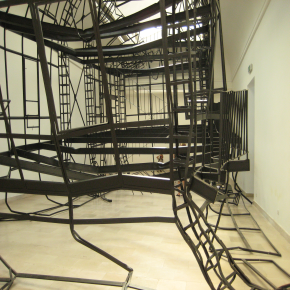SAP is the Government's Standard Assessment Procedure for Energy Rating of Dwellings. SAP 2005 is adopted by government as part of the UK national methodology for calculation of the energy performance of buildings. It is used to demonstrate compliance with building regulations for dwellings and to provide energy ratings for dwellings.
The calculation is based on the energy balance taking into account a range of factors that contribute to energy efficiency:
Materials used for construction of the dwelling.
Thermal insulation of the building fabric.
Ventilation characteristics of the dwelling and ventilation equipment.
Efficiency and control of the heating system(s).
Solar gains through openings of the dwelling.
The fuel used to provide space and water heating, ventilation and lighting.
Renewable energy technologies.
The calculation is independent of factors related to the individual characteristics of the household occupying the dwelling when the rating is calculated, for example:
Household size and composition.
Ownership and efficiency of particular domestic electrical appliances.
Individual heating patterns and temperatures.
The present edition is SAP 2005 in which:
The SAP scale has been revised to 1 to 100, where 100 now represents zero energy cost. It can be above 100 for dwellings that are net exporters.
The dwelling CO2 Emission Rate (CER) together with an Environmental Impact rating replace the Carbon Index energy for lighting is included.
Solar water heating has been revised.
Cylinder loss has been revised; manufacturer´s data for heat loss becomes the preferred source of cylinder loss.
The effect of thermal bridging is taken into the account.
It incorporates additional renewable and energy saving technologies.
It provides a method for estimating a tendency to high internal temperature in summer.
Data tables have been updated (e.g. fuel costs, CO2 emissions, boiler efficiency and heating controls, etc.).
The measure of energy is now kWh rather than GJ.
